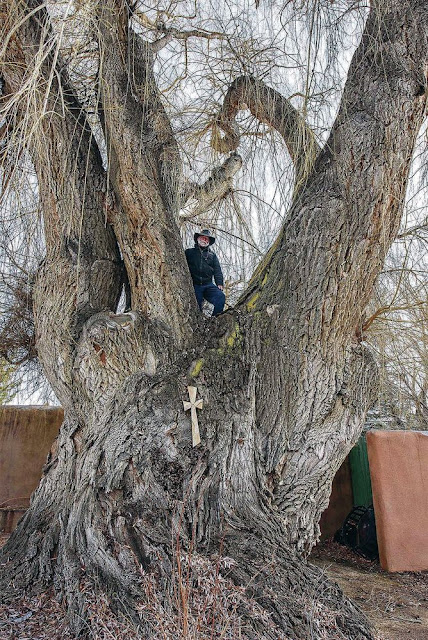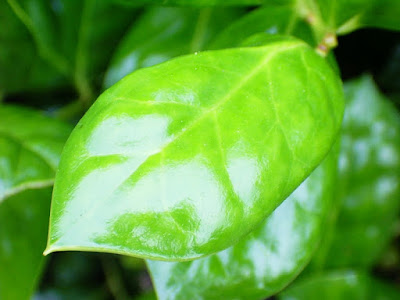Saltcedar Eradication Takes Patience and Persistence
Southwest Yard & Garden by Dr. Marisa Thompson Guest author: Dr. Leslie Beck, NMSU Extension Weed Specialist Figure 1. Invasive saltcedar, also known as tamarisk, near Isleta Pueblo on June 27, 2018 (photo credit M. Thompson). Question: I have a saltcedar I inherited when I moved into my rental home in Zuni, NM. I have cut it back to a stump as best I could without a chainsaw or any power tools, but it incessantly puts out shoots and tries to stage a comeback. What is the simplest way to permanently kill this invasive beast? - Tammy P., Zuni, NM Answer: You are not alone in your saltcedar frustrations. I invited NMSU Extension Weed Specialist, Dr. Leslie Beck, to review your options: “Saltcedar is a highly invasive and difficult-to-control noxious weed throughout the Southwestern states. Many of its growth characteristics contribute to its difficult management, most notably the primary root system, which can penetrate more than 30 feet deep i

